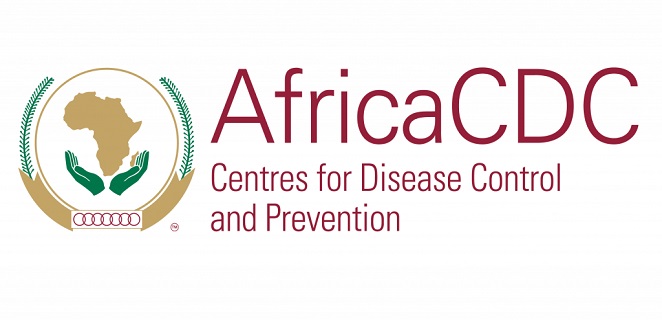ZIMBABWE made great strides between 2014 and 2019 in improving the nutritional status of children which saw reduction in stunting, wasting, underweight and overweight, the Multiple Indicator Cluster Survey (MICS) 2019 states.
By Kudakwashe Pembere
The MICS was designed by UNICEF in the 1990s to assist countries in filling data gaps on children’s and women’s wellbeing for tracking progress toward World Summit for Children Goals, in 1995 and 2000.
Giving the findings, Zimbabwe Statistical Agency technical committee co-lead of this survey Mr Handrick Chigiji said there was a reduction in the stunting prevalence. Stunting refers to a child too short for his or her age. Stunting is failure to grow physically and cognitively and is the result of chronic or recurrent malnutrition.
“Moderate to severe stunting prevalence dropped from 26, 8 percent to 23, 5 percent. Severe stunting prevalence dropped from 8, 9 percent to 5, 7 percent,” he said.
Wasting refers to a child who is too thin for his or her height. Wasting or acute malnutrition is the result of recent rapid weight loss or the failure to gain weight. A child who is moderately or severely wasted has an increased risk of death.
Overweight refers to a child who is too heavy for his or her height. This form of malnutrition results from expending too few calories for the amount consumed from food and drinks and increases risk of noncommunicable diseases later in life.
“Moderate to severe wasting prevalence dropped from 3, 2 percent to 2, 9percent. Severe wasting prevalence dropped from 1percent to 0, 3 percent. Overweight prevalence dropped from 5, 6 percent to 2, 5 percent,” Chigiji said.
Chigiji however noted the reduction of breastfeeding.
“Exclusive breastfeeding for children under 5 months dropped from 47, 8 percent to 41, 9 percent,” he said.
Underweight is a composite form of undernutrition that can include elements of stunting and wasting for example an underweight child can have a reduced weight for their age due to being short for their age and or being too thin for their height.
“Underweight prevalence, moderate to severe increased from 8, 4 to 9, 7 percent. Severe underweight prevalence dropped from 1, 7 percent to 1, 6percent,” he said.
Fears of high levels of malnutrition abound the country which faces a drought. Zimbabwe has long suffered from high levels of chronic malnutrition among its population, which have led the government and international organisations to launch several initiatives over the years to tackle the problem. Such organisation include UNICEF, Save The Children, World Food Program Zimbabwe among others.




